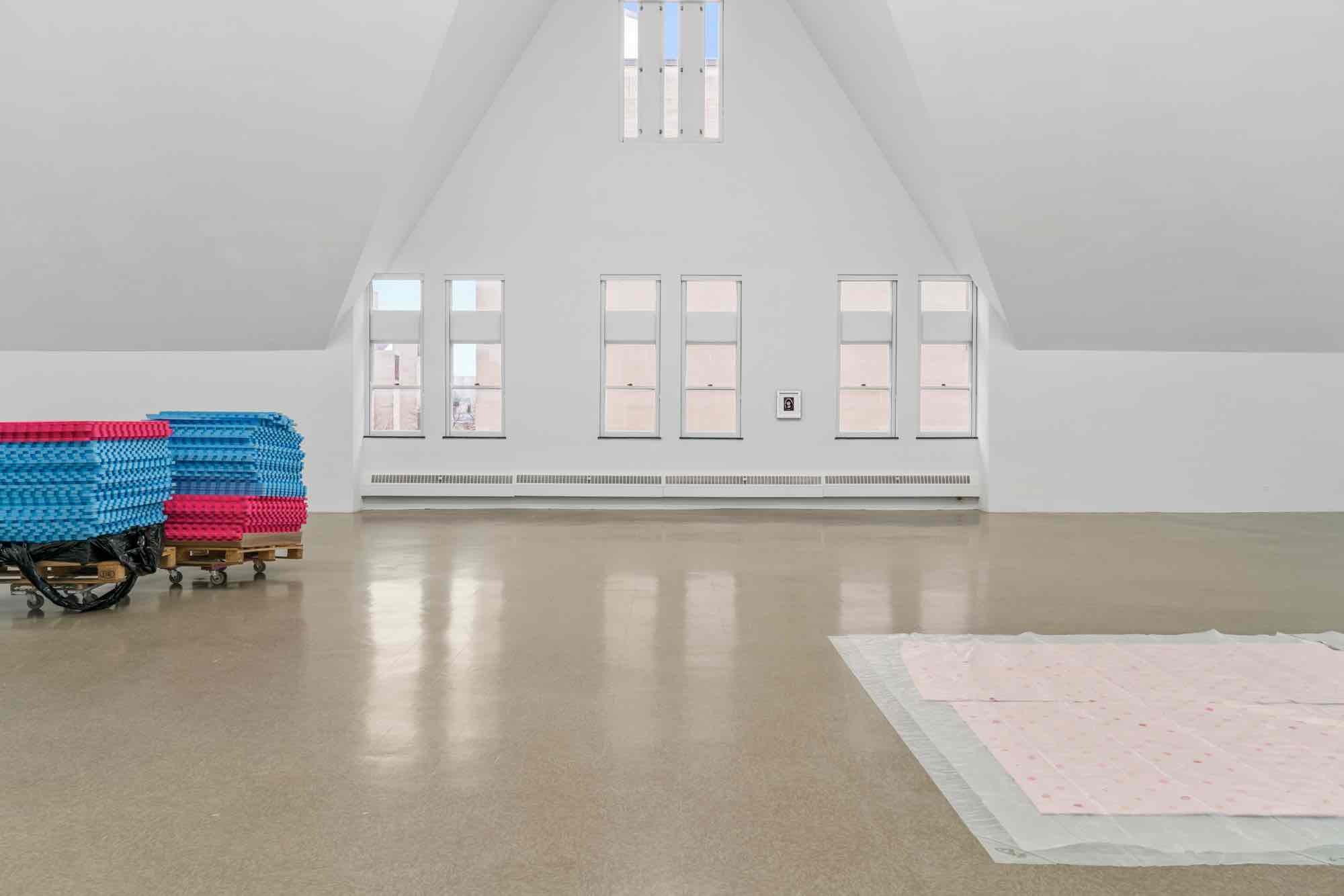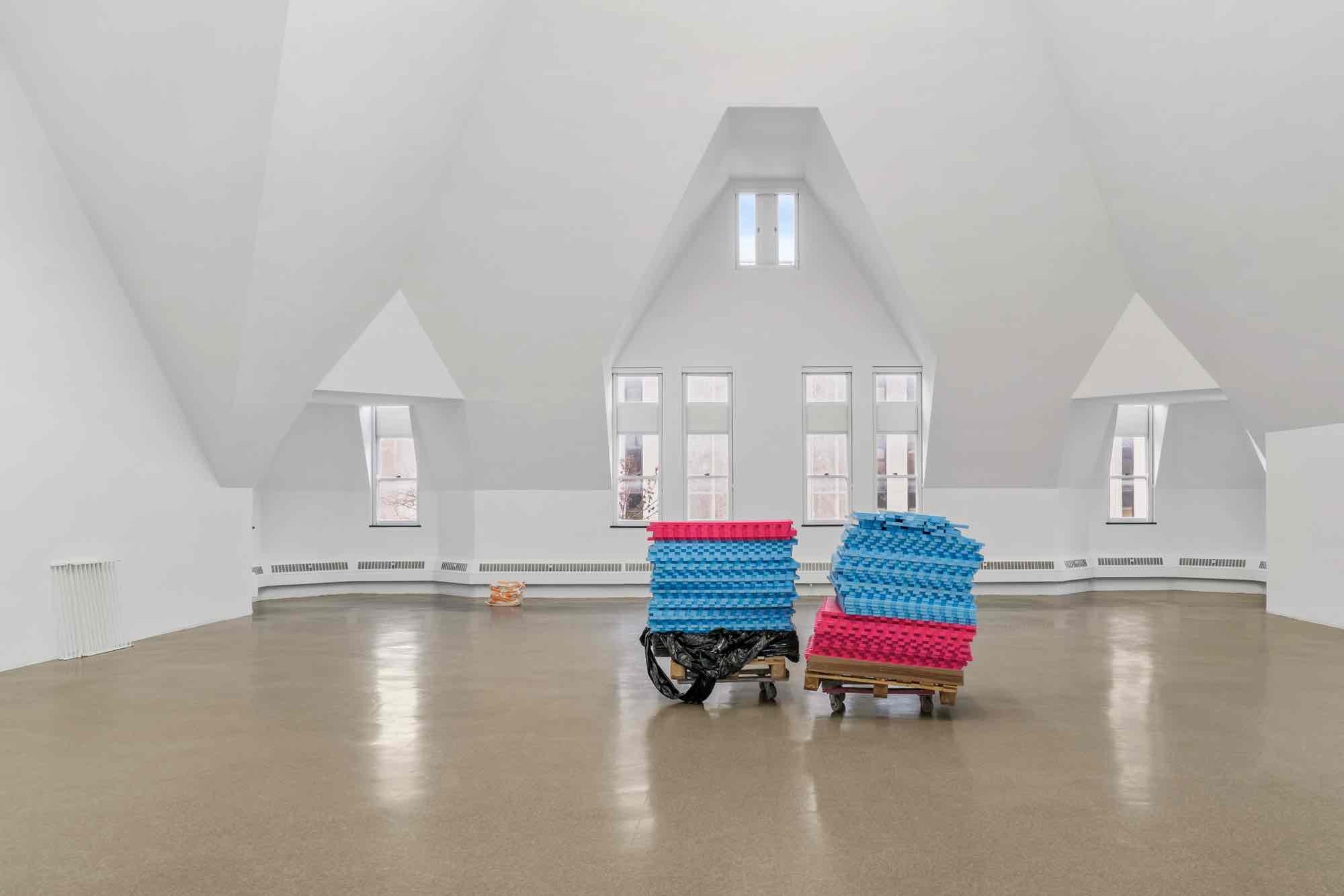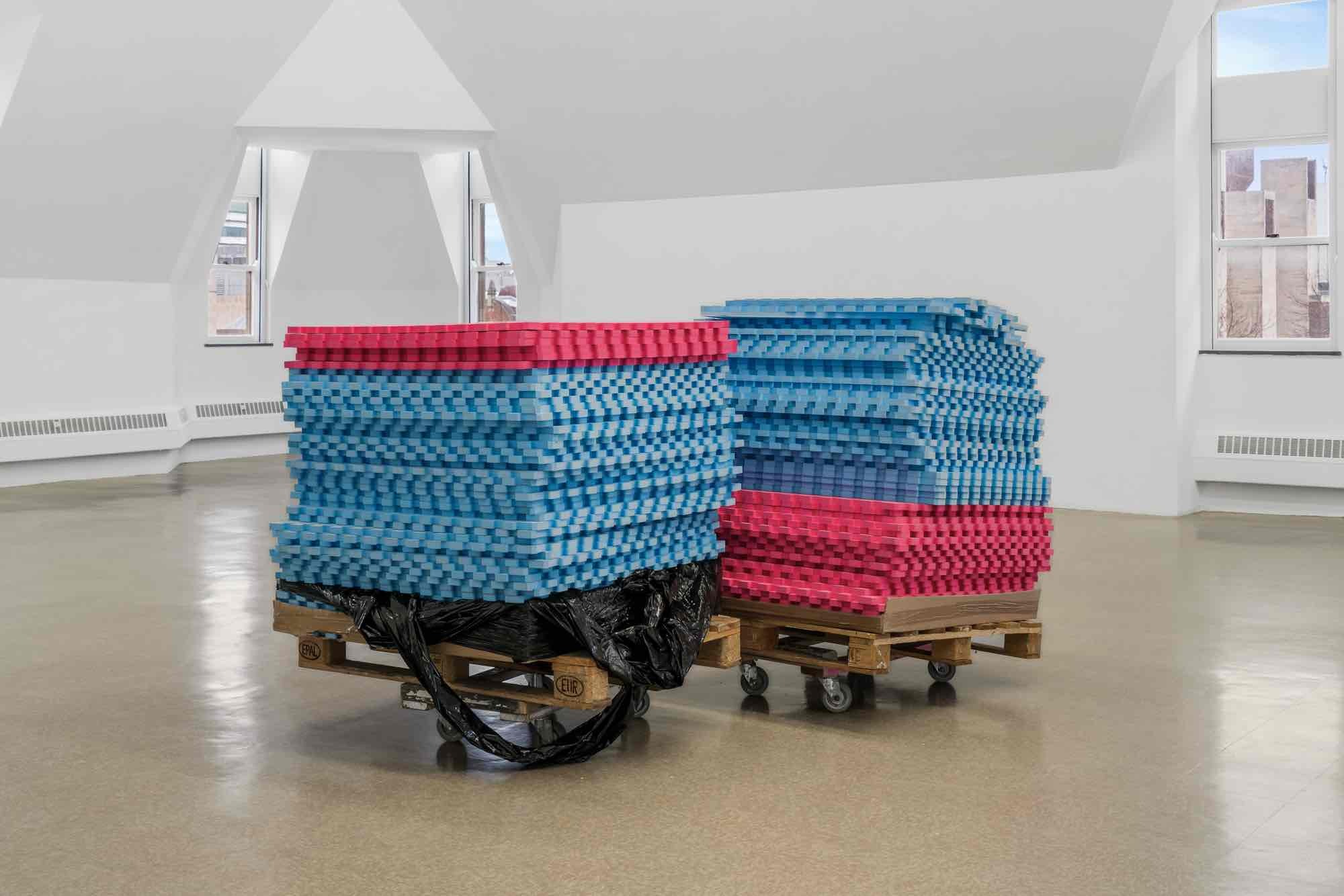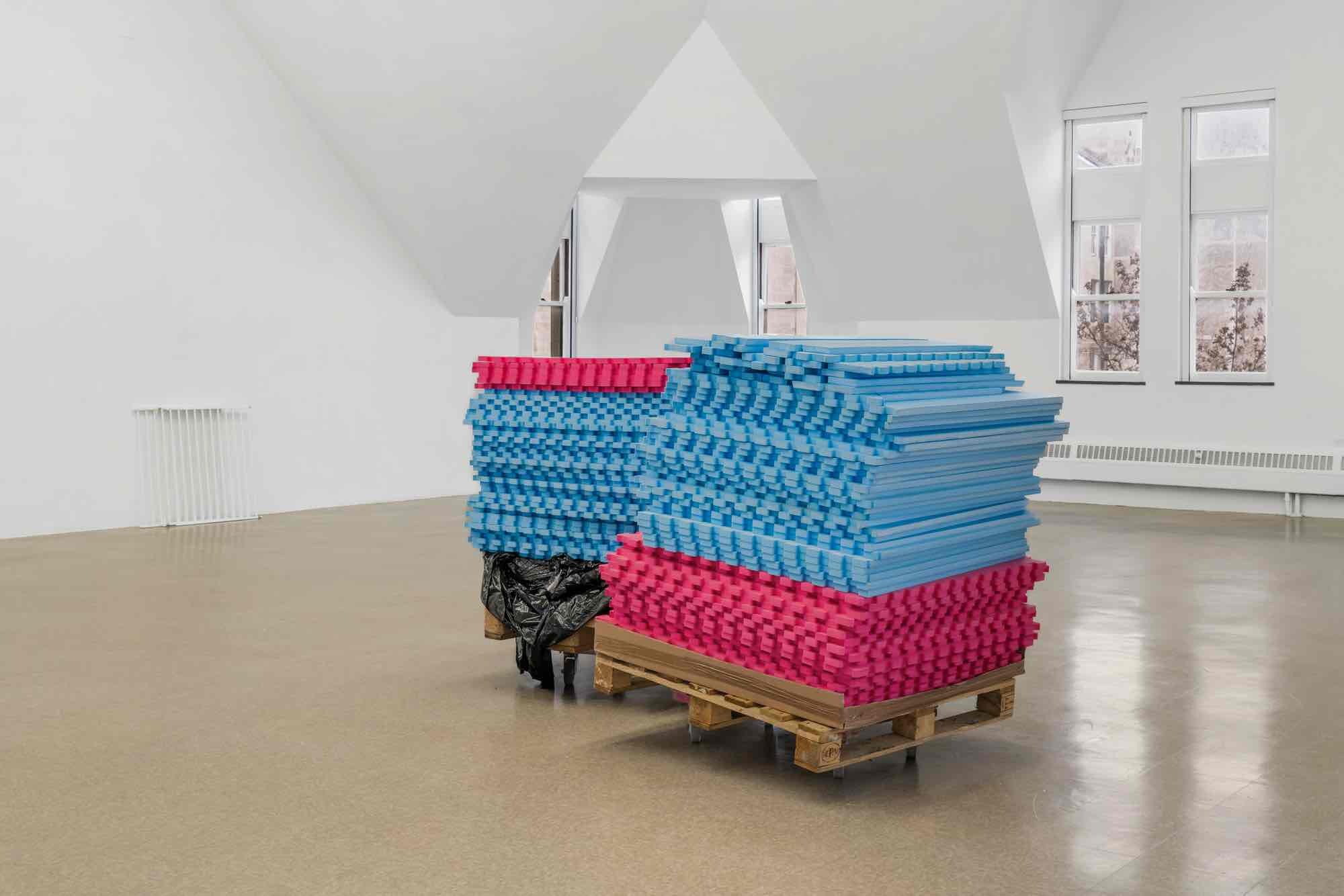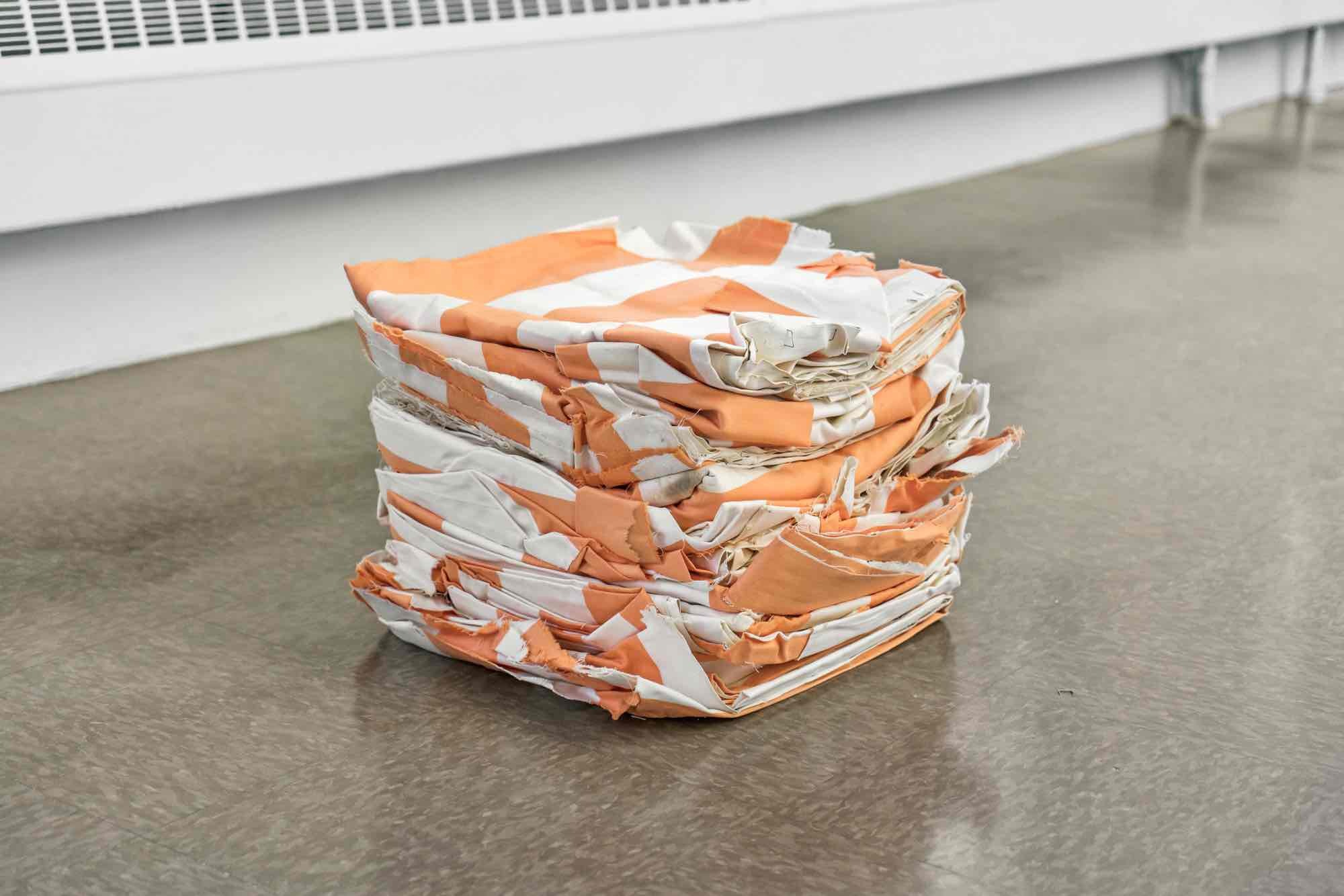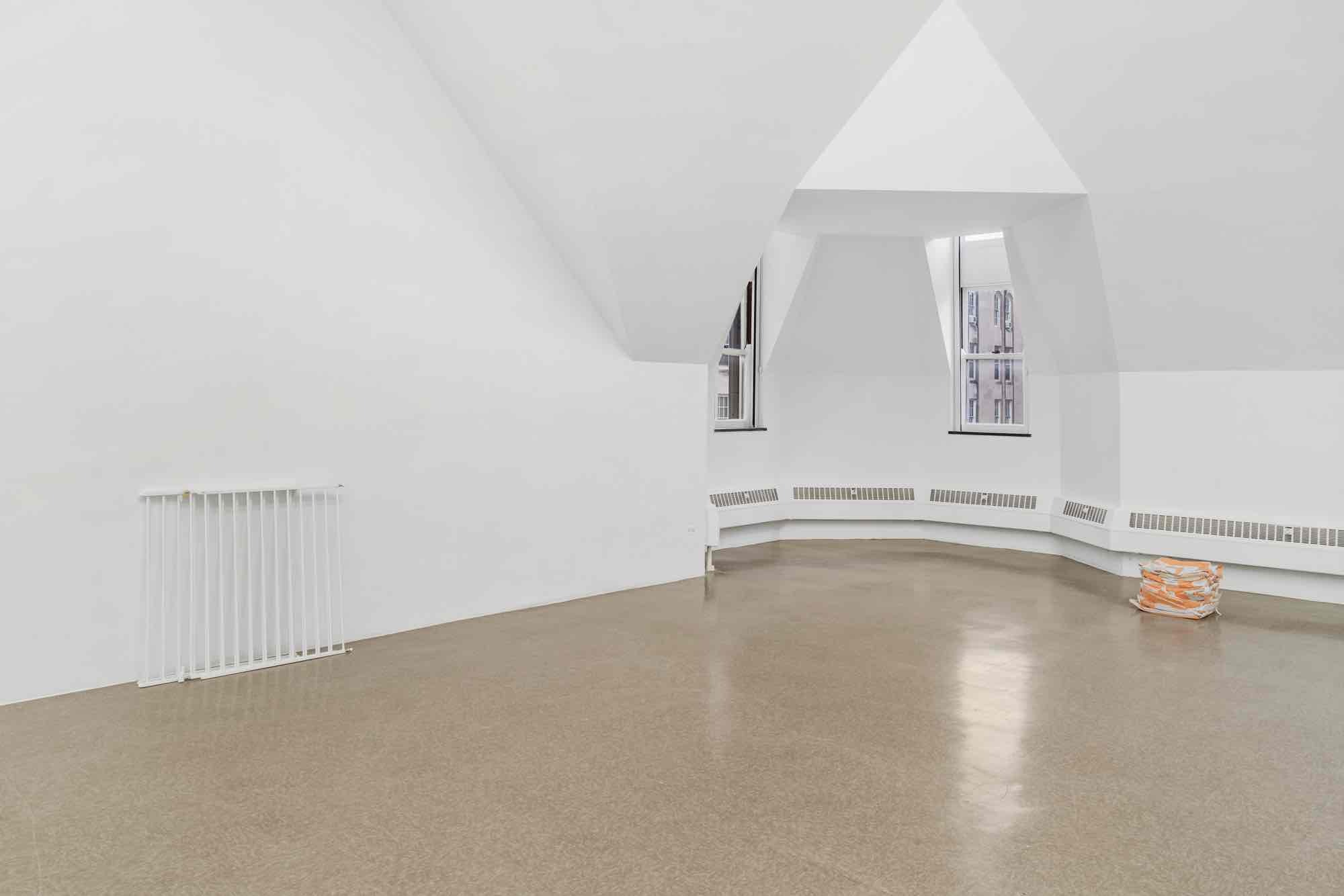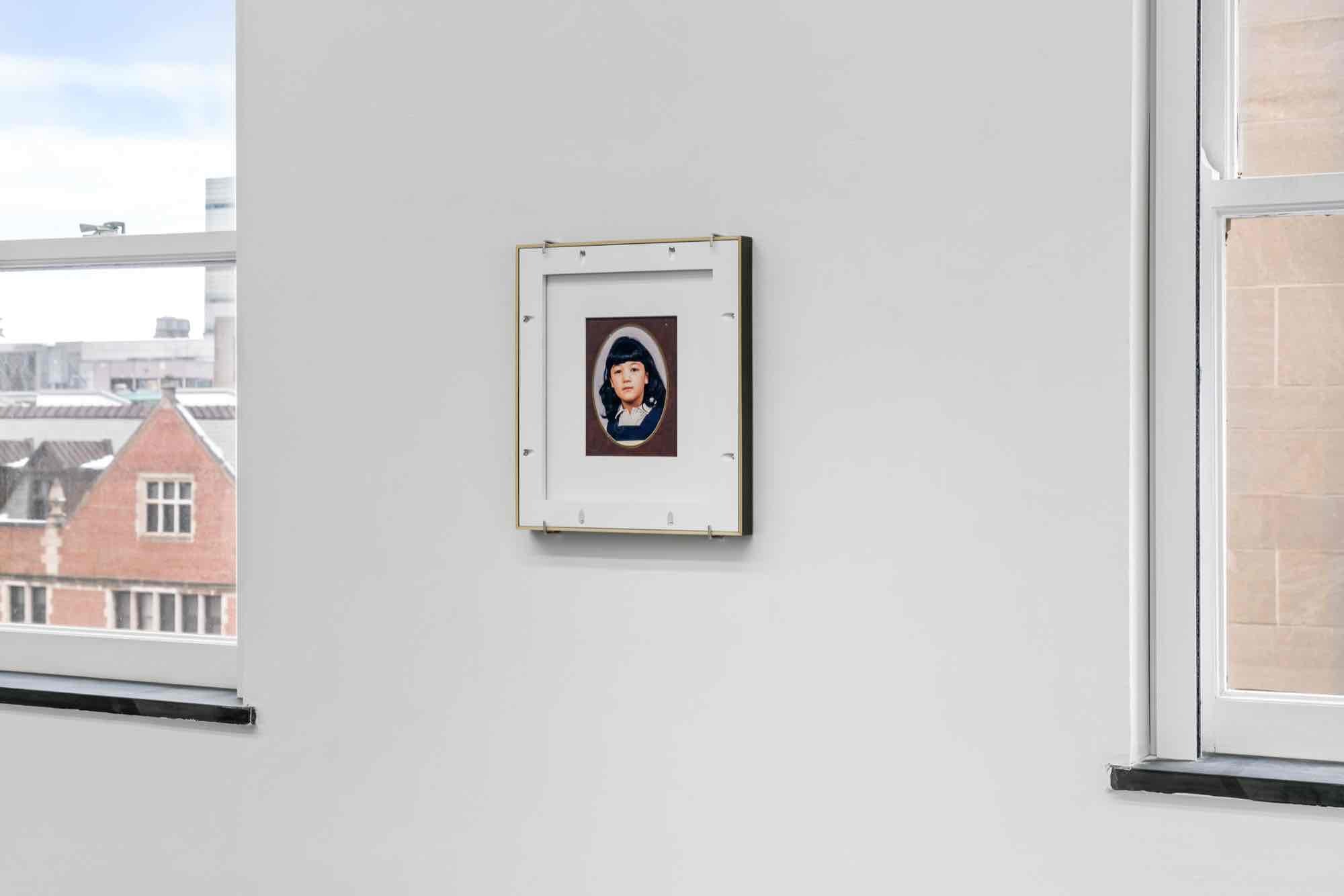GHISLAINE LEUNG
HOLDINGS
20 Jan - 14 Apr 2024
My father disliked where he was from. He wanted to leave as soon as he knew he was there. He drew military boats and watched American films and British TV. He said he was like a 12-year-old when he arrived in the UK at 20. His mother became ill when he was still at university in London, my brother only a small baby at home. He went to see her, and she died two weeks after he returned. He coughed constantly, always ill. And later, after I was born, his father refused to travel, sick himself and uncertain. And we did not travel to him, he didn’t write to us. My father was embarrassed by his father’s poor English, their small home, with nowhere for anyone to stay. Troubled by the gulf of difference between that place and his new English wife and children, his new life forged apart from this old one. The places he had lived in were no longer there, the wide waters he rowed across as a child now only small. His father and mother so proud of his achievements, the ones that took him away from them. When achievement could only mean being what you weren’t. Still, I’ll hold that absence that you gave me, I’ll love it and you. Because those who are not understood as enough, even to themselves, are, and always were, enough.
— Ghislaine Leung
Ghislaine Leung’s work embodies a steady effort to unravel value structures and the dynamics of labor in different contexts, including the systems that are devoted to art’s production and public presentation. Leung often brings this into view through her close observation of the dependencies and displacements that shape her life and ours. Central to the practice are concise “scores.” These written descriptions outline the implementation and materials of a work, which an institution then interprets and performs in conversation with the artist.
Leung’s exhibition at the Renaissance Society brings forward some of the core personal and conceptual underpinnings of her work that have been more often in the background until now. Through a set of new scores, the exhibition negotiates the ways in which identity is constituted, articulated, and sometimes relinquished, both in the case of artworks and of the artist herself. Together, these scores circle around a sense of identity in motion: diasporic, plural, or ambiguous.
The origins of the specific objects in the space are not always evident, but they are evocative nevertheless. A school portrait with a handwritten note obscured behind the photo, a simple list of jobs, an old song that is full of longing and family significance, or even a relocated office chair or a pair of baby gates all draw out a set of questions in different ways: What it is to occupy multiple positions? How do objects or materials speak to our identities, and what happens as the apparent identity of objects or artworks shift too? Can we make peace with the experience of not completely, or confidently, classifying something?
This exhibition is populated with materials from the Renaissance Society’s office and physical archives and also from Leung’s own office and archives. The score Holdings, for example, “an object that is no longer an artwork,” is presented here in its full edition of five: three of these iterations are objects from Leung’s own past exhibitions and two are from the Renaissance Society’s informal holdings of this kind.
In all her exhibitions, Leung is a close observer of her institutional surroundings, recognizing them as sites of contingency and negotiation in their own right. She also acknowledges how personal lives and professional lives overlap in countless ways. In this respect, Leung is interested in “the institution” as a site and equally in how we “institute” things ourselves, through processes, actions, or policies. On a more basic level though, it’s a matter of “trying to understand the things I have or don’t have as a resource,” Leung says. As she proceeds in this way, she passes this logic onto her institutional collaborators too.
As Leung lingers over the vulnerabilities of personal identity and our shifting assessments of objects, she is looking beyond the matter of exactly what, or who, is identified. Of greater weight is the consideration of how we become implicated in acts of identification and validation, and perhaps how to find a space of greater acceptance or tenderness, toward others and oneself.
Curated by Karsten Lund.
— Ghislaine Leung
Ghislaine Leung’s work embodies a steady effort to unravel value structures and the dynamics of labor in different contexts, including the systems that are devoted to art’s production and public presentation. Leung often brings this into view through her close observation of the dependencies and displacements that shape her life and ours. Central to the practice are concise “scores.” These written descriptions outline the implementation and materials of a work, which an institution then interprets and performs in conversation with the artist.
Leung’s exhibition at the Renaissance Society brings forward some of the core personal and conceptual underpinnings of her work that have been more often in the background until now. Through a set of new scores, the exhibition negotiates the ways in which identity is constituted, articulated, and sometimes relinquished, both in the case of artworks and of the artist herself. Together, these scores circle around a sense of identity in motion: diasporic, plural, or ambiguous.
The origins of the specific objects in the space are not always evident, but they are evocative nevertheless. A school portrait with a handwritten note obscured behind the photo, a simple list of jobs, an old song that is full of longing and family significance, or even a relocated office chair or a pair of baby gates all draw out a set of questions in different ways: What it is to occupy multiple positions? How do objects or materials speak to our identities, and what happens as the apparent identity of objects or artworks shift too? Can we make peace with the experience of not completely, or confidently, classifying something?
This exhibition is populated with materials from the Renaissance Society’s office and physical archives and also from Leung’s own office and archives. The score Holdings, for example, “an object that is no longer an artwork,” is presented here in its full edition of five: three of these iterations are objects from Leung’s own past exhibitions and two are from the Renaissance Society’s informal holdings of this kind.
In all her exhibitions, Leung is a close observer of her institutional surroundings, recognizing them as sites of contingency and negotiation in their own right. She also acknowledges how personal lives and professional lives overlap in countless ways. In this respect, Leung is interested in “the institution” as a site and equally in how we “institute” things ourselves, through processes, actions, or policies. On a more basic level though, it’s a matter of “trying to understand the things I have or don’t have as a resource,” Leung says. As she proceeds in this way, she passes this logic onto her institutional collaborators too.
As Leung lingers over the vulnerabilities of personal identity and our shifting assessments of objects, she is looking beyond the matter of exactly what, or who, is identified. Of greater weight is the consideration of how we become implicated in acts of identification and validation, and perhaps how to find a space of greater acceptance or tenderness, toward others and oneself.
Curated by Karsten Lund.

